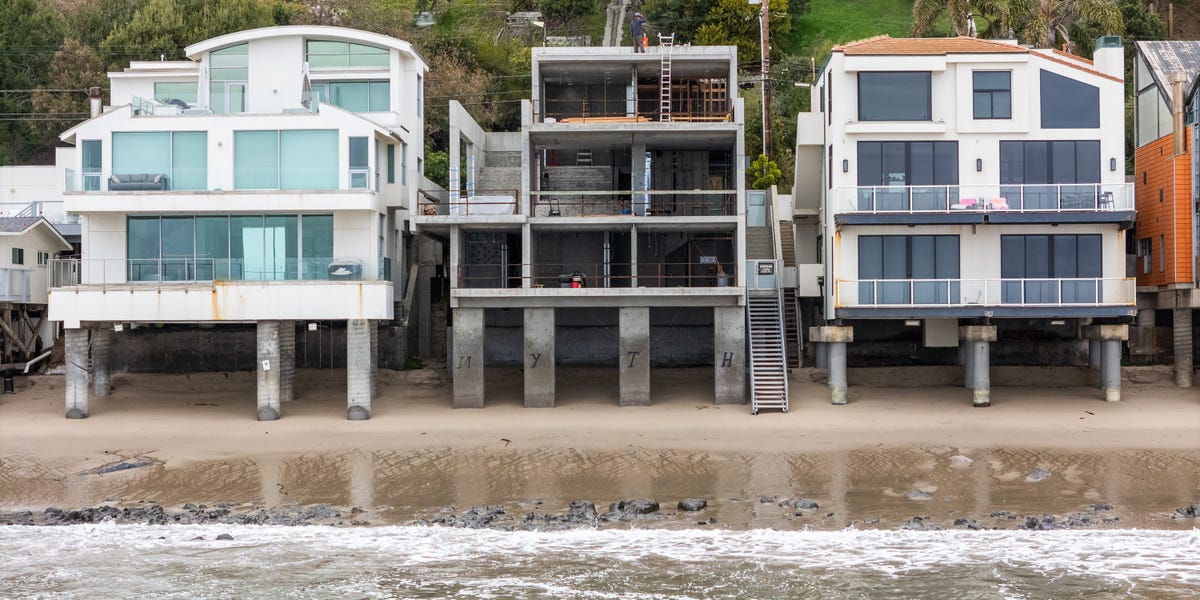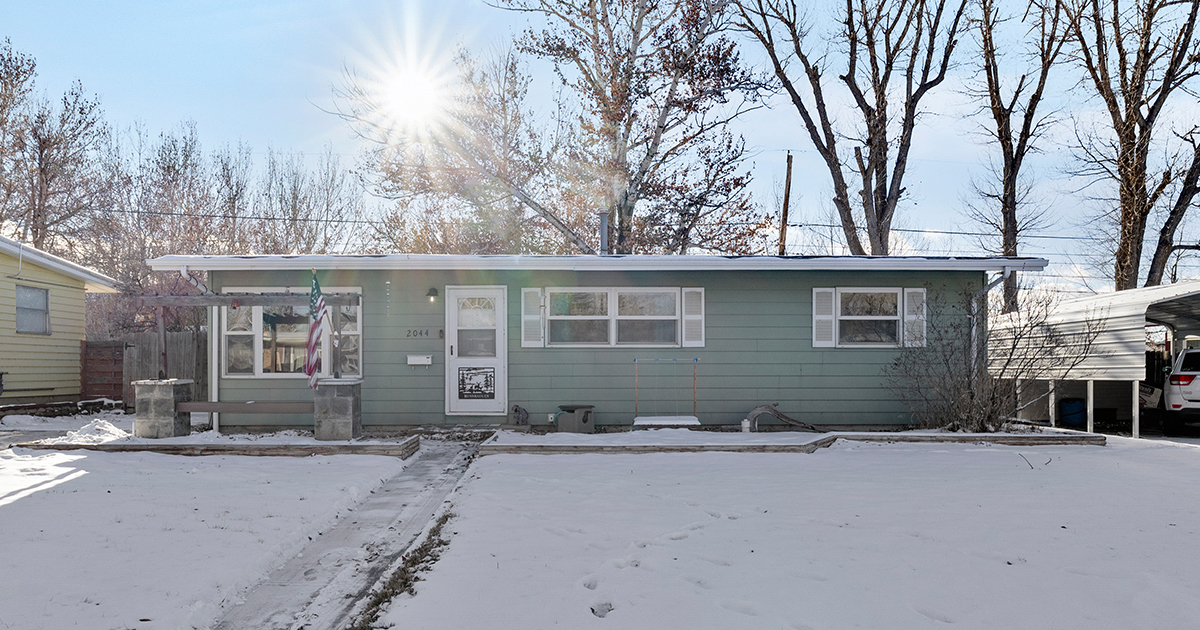T
he Longview real‑estate scene in 2024‑25 defies a single label. Realtor Amanda Robins, chair of the Longview Area Association of Realtors, says the market has moved from “fast and furious” to “steady and strategic,” a shift that has required more creativity from agents. Prices have stabilized after a period of volatility, interest rates remain higher than many prefer, and buyers and sellers are learning to navigate this new normal.
High borrowing costs continue to shape decisions. Even though the Federal Reserve trimmed the federal funds rate by a quarter‑point in September, mortgage rates have not yet reflected that change, Robins notes. She expects a modest easing over the next year, contingent on inflation and economic conditions, which could bring more buyers back. However, the impact may be slower than hoped.
Beyond rates, rising property taxes and homeowner’s insurance premiums are pushing some buyers out. Insurance costs have spiked due to frequent catastrophes and costly lawsuits against insurers, according to Martha Weant of Summers Cook and Co. These expenses, coupled with higher taxes tied to rising property valuations, make homeownership more expensive.
Single‑family sales in the area have fluctuated monthly from August 2024 to August 2025. August 2024 saw 301 transactions, dropping to 179 in January 2025, then climbing to 295 by August 2025. While these figures are lower than the 2019‑22 peak, they still reflect a market that has cooled from its earlier boom. During that peak, an influx of buyers from California and elsewhere paid cash and accepted high prices, inflating valuations. A home that might have listed for $175,000 now fetches around $250,000, driving up tax bills.
The market’s balance between buyers and sellers is hard to pin down. Linda Voyles, a long‑time local agent, describes it as “unusual.” Buyers under $350,000 face limited options, while cash‑rich buyers still pursue luxury properties. Weant characterizes the current climate as more buyer‑friendly, noting that fewer buyers mean each has more leverage and sellers may lower prices or offer concessions.
Agents anticipate a rebound in spring 2026, with potential for inventory and sales to resemble pre‑COVID levels. New‑home construction, which slowed last year, could increase supply, and a drop in mortgage rates would further stimulate demand. Despite uncertainties, Weant urges prospective buyers to act, clarifying their goals and budgets, and to work with a local agent who understands Longview’s nuances. Robins echoes this, emphasizing that individualized strategies are key in a market that continues to evolve.













